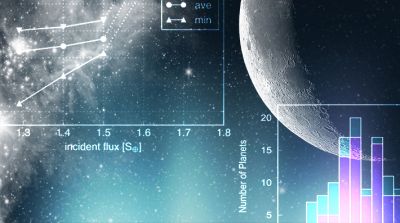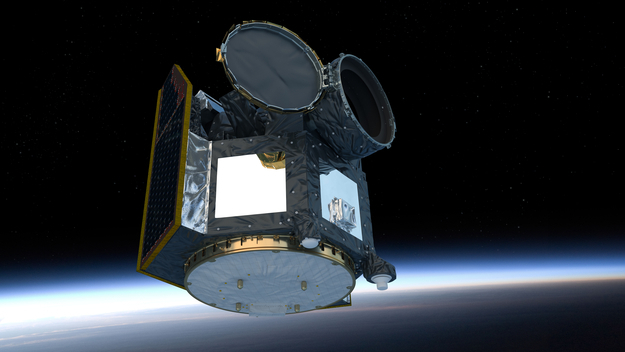A researcher at NYU Abu Dhabi has discovered that exoplanets lacking sufficient shielding can be impacted by high radiation bursts from the star, known as 'flares' at a time when researchers at the University of Cambridge revealed that water vapour abundance was detected in 14 of the 19 planets, while the abundance of sodium and potassium was detected in six planets each, though there is a depletion of oxygen in these exoplanets.


In this new study, NYUAD Center for Space Science Research Scientist Dimitra Atri found that not all exoplanets in habitable zones will be hospitable and those in close proximity to stars are subject to radiation bursts which can disrupt habitable conditions.
In modern astronomy, the discovery of terrestrial exoplanets and planets that orbit the stars outside the solar system has been one of the most significant developments. According to reports, several exoplanets are expected to have the potential to host life and maintain liquid water on their surface as they lie in the habitable zones of stars.
Proper magnetic shielding
But, if an exoplanet is in close proximity to its host star then it can disrupt habitable conditions as it is highly sensitive to radiation bursts from the star, commonly known as flares. However, such situation can be avoided if the exoplanet has proper atmospheric or magnetic shielding.
The researcher also examined the strength of the planet's magnetic field and atmosphere to understand the shielding capability of the planet from the bursts. The study said that the factors which were measured include strength and spectrum, the density of the planet's atmosphere and its magnetic field strength.
The scientist used particle spectra from 70 major flare emitting events (observed between 1956 and 2012) as proxy to calculate the surface radiation dose, while the GEANT4 Monte Carlo model was used to simulate the flare interaction with exoplanetary atmospheres.
Atmospheric depth plays major role
After analysing the data, the scientist found that the atmospheric depth (column density) and the planetary magnetic field are the two major factors in protecting the planets from flares and maintaining a substantial planetary atmosphere.
The study noted that the flares can can abruptly increase the radiation level on the surface of the planet leading to disruption of potentially habitable conditions on the planet. Dimitra Atri said: "As we continue to explore the planets of the solar system and beyond, discovering if these planets have the ability to support life continues to be of immense importance."
"More progress in this area will improve our understanding of the relationship between extreme solar events, radiation dose, and planetary habitability," Atri added.

CHEOPS mission 2020
Since, the team of researchers at the University of Cambridge has suggested that water vapour in exoplanets is quite common, reducing the amount of water far more than previously thought. However, European SpaceAgency's CHEOPS mission next year is likely to reveal more and, of course, conclusively on hospitable conditions on any of these exoplanets.









